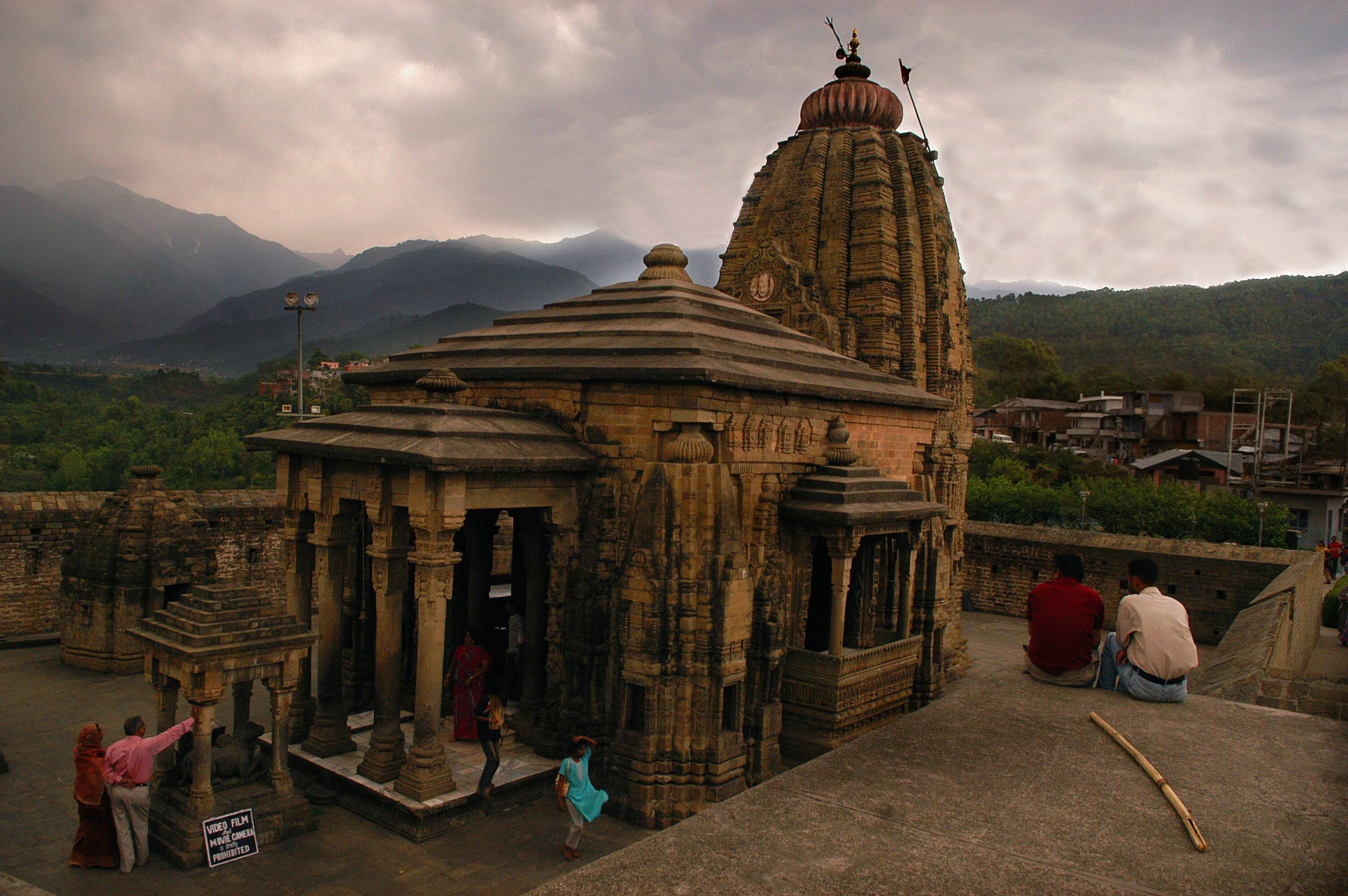
This week, the Metropolitan Museum of Art finds itself in the middle of a rash of stories about returned antiquities.
First up was a looted idol of the goddess Durga, or Mahishasurmardini, which the New York museum is sending back to India. In a statement provided to artnet News, the Met explained:
The Durga was once enshrined in the Chakravarteswara temple at Baijnath, a medieval capital in Northern India. It was donated to the Museum in 2015. Museum staff recognized it from the cover of K. P. Nautiyal’s The Arcaheology of Kumann (including Dehradum), a 1969 publication, and contacted the Archaeological Service in 2017. It is expected the sculpture will be returned to Delhi this summer.
The Chakravarteshwar temple, built in the year 1204, has since been destroyed and replaced with a modern structure. Because the temple itself is lost, it was all the more difficult to identify the statue’s origins.
Evidently, the restitution is the conclusion of a lengthy process. According to a report in DNA India:
Officials of the Met contacted the Archaeological Survey of India (ASI) six months ago, asking them for details of the idol, currently in their possession. With no transparent historical records with them, senior curator of South and Southeast Asian art John Guy asked ASI officials if there was any historical reference with them. The Met also mentioned their nagging suspicion of the idol being bought off the art market illegally. The only information Guy’s office had was that the idol had first surfaced in the art market sometime in 1980.
Given that date, the sale of the sculpture would be in violation of India’s Antiquities and Art Treasure Act, passed in 1972. That law stated that thereafter, “it shall not be lawful for any person, other than the Central Government or any authority or agency authorized by the Central Government in this behalf, to export any antiquity or art treasure.”
In a separate story also announced today, the Met will be returning two stone sculptures to Nepal: a 12th-century stele of Uma Mahesvara (Shiva and Parvati) and a 10th-century Standing Buddha. According to the museum’s official statement:
The stele of Uma Mahesvara comes from the Tangalhiti water fountain in Patan, and was donated to the Museum in 1983. The Standing Buddha, from a memorial stupa in Yatkhatol, Kathmandu, was donated in 2015, and it was in the course of the Museum’s acquisition process that it was brought to light that both objects were listed as stolen in the 1989 publication Stolen Image of Nepal. The Museum contacted the Government of Nepal in 2017 to offer their return, after which the Consulate General of Nepal in New York contacted the Museum and offered to coordinate and facilitate the safe return of the works to Nepal. The sculptures will be returned to Kathmandu in April 2018.
“We hope the move will discourage illegal trade of archaeological and historical artifacts,” consul general of Nepal Madhu Marasini told the Hindustan Times.